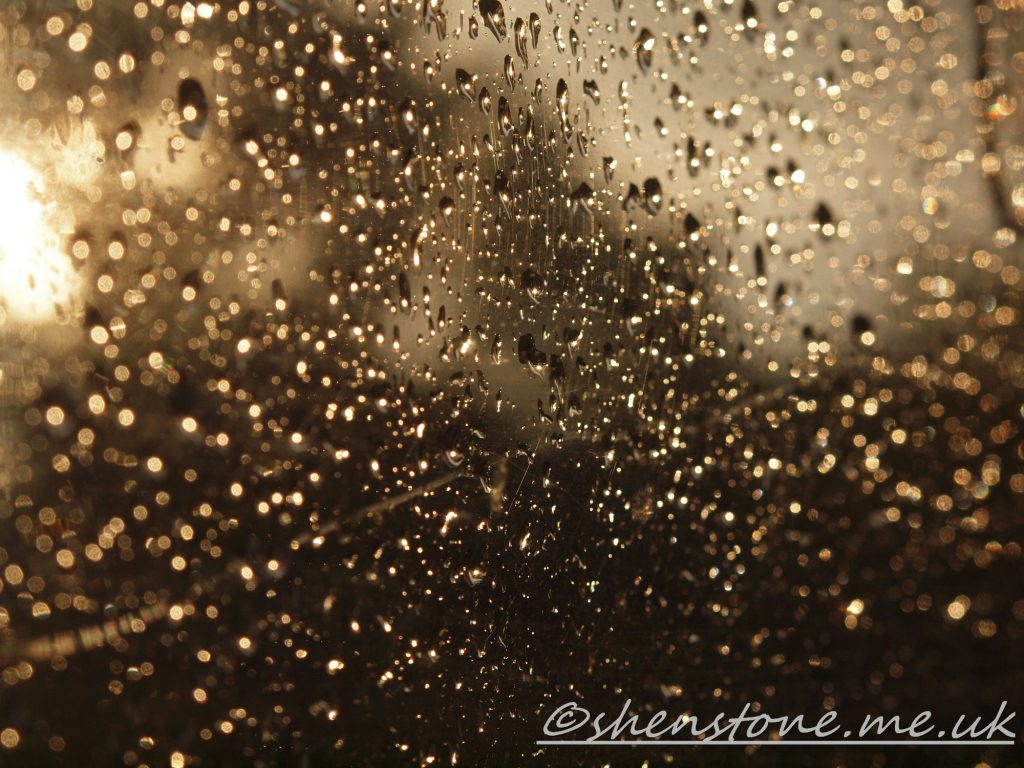December 2025 Newsletter
Keeping Hazardous Fluids Locked up – Kat Daniels
A talk on Keeping Hazardous Fluids Locked up for the long term in Geological formations by Kat Daniels of Cardiff University to the South Wales Geologists Association
SWGA September Newsletter 2025
Field Trip Cancelled
The Trip scheduled for tomorrow 20th September 2025 that is mentioned in the latest programme has been cancelled because of the forecast for heavy rain which would make the trip unpleasant and possibly dangerous. Please do not attend this event

SWGA Newsletter July 2025
April 2025 Newsletter
Dealing with the legacy of contaminated land across Wales – Jeremy Hucker
In this presentation, Jeremy discusses how environmental geologists investigate and assess risks posed by soil and water contamination on such sites, and the importance of getting the Conceptual Site Model right. Understanding the ground conditions (both natural and man-made) is crucial in this, hence the importance of a geological input.
Unearthing the Letters of William Smith
A talk by Kevin Privet & Phillipa Towler
Geological Adventures Underground in Gower
A talk to the group by Andy Freem
For more of Andy's online content see his You Tube Channel https://www.youtube.com/@Catchpool1
